What Is Primary Education Every child learns The Sustainable Development Goals are interdependent and achieving SDG4 ensuring inclusive and equitable education for all by 2030 will have transformative effects on other goals SDG4 spans a spectrum of education levels from pre primary to youth and adult education It emphasizes learning outcomes skills acquisition and
Primary school has 5 grades so the intended age for the last grade of primary school is 9 years In this case the reference age group for calculation of the primary completion rate would be 12 14 years 9 3 12 and 9 5 14 This indicator is used to calculate SDG 4 1 2 Completion rate primary education secondary education Early childhood education Home environment EDUCATION Pre primary education Primary education Secondary education Learning and skills Remote learning and digital connectivity GENDER EQUALITY Gender norms and unpaid work Child marriage Sexual and reproductive health Female genital mutilation Intimate partner violence HIV AIDS
What Is Primary Education

What Is Primary Education
https://storage.googleapis.com/orchidsinternational-cms/blog/Primary-education-scaled.jpg

What Is Primary Education Importance And Objectives Chrysalis
https://chrysalishigh.com/wp-content/uploads/2023/11/Blog-Cover-17-1024x770.jpg

The Anatomy Of A Primary School Teacher Infographic E Learning
https://i.pinimg.com/originals/77/94/52/7794524e3201900e4de34ecd0728e745.jpg
Goal 4 aims to ensure inclusive and equitable quality education and promote lifelong learning opportunities for all This goal supports the reduction of disparities and inequities in education both in terms of access and quality It recognizes the need to provide quality education for all and most especially vulnerable populations including poor children children living Pre primary school or ECE and around a quarter 27 percent in primary school At 6 years old the official starting age for primary school in Bangladesh nine out of ten children are in school 63 percent in primary education and 27 percent in pre primary or ECE
Primary education provides the foundation for a lifetime of learning Providing universal access to and ensuring the completion of primary education for all girls and boys is one of the key areas of concern identified in the Beijing Platform for Action adopted in 1995 Since then considerable progress has been made in achieving universal primary education and Primary completion rates look at children aged 3 5 years older than the entry age for children for the last grade of primary school so the target population will be children aged 14 16 years who have not completed primary education In Ghana 55 per cent of children in the target population are male therefore 45 per cent have to be female
More picture related to What Is Primary Education
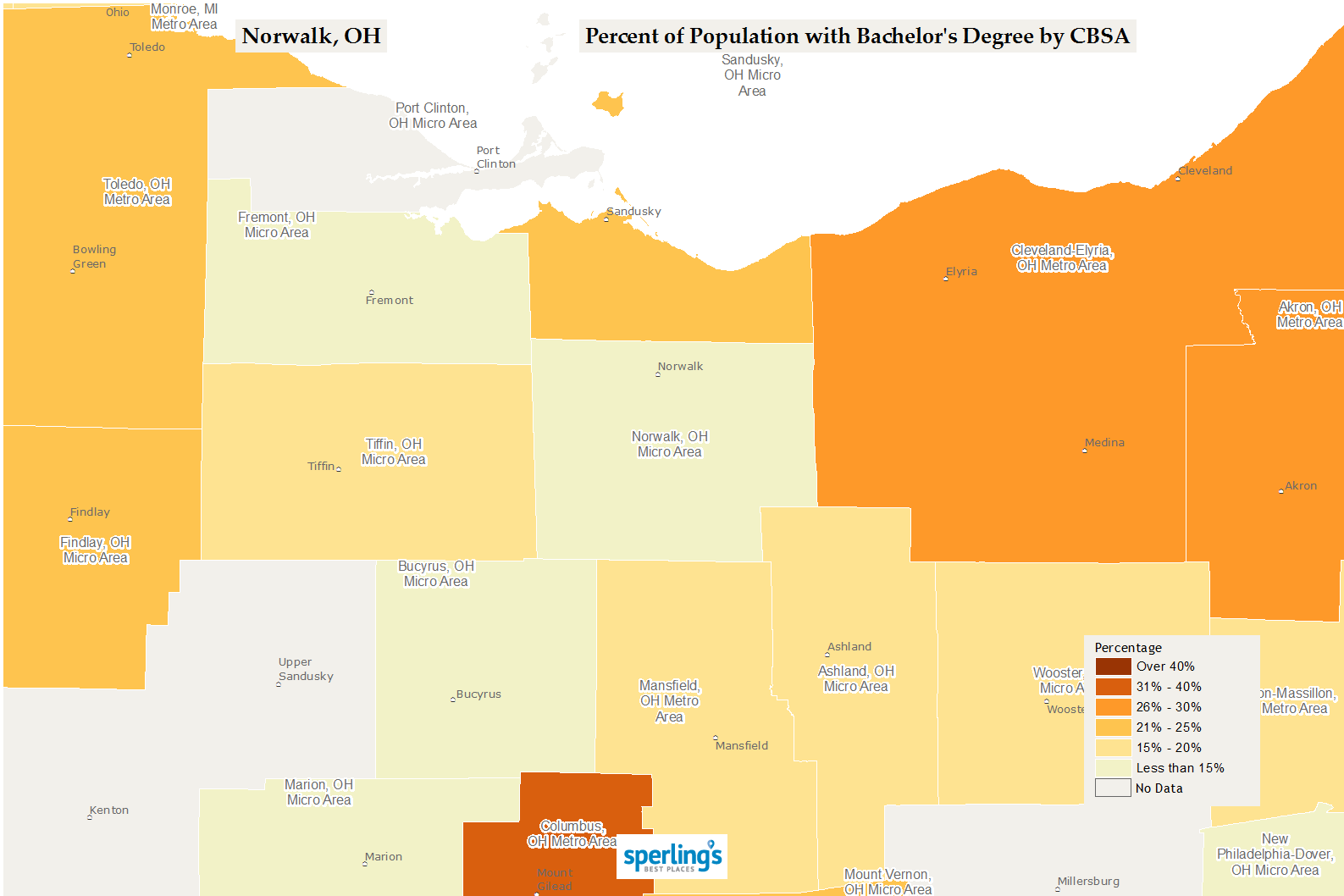
Best Places To Live Compare Cost Of Living Crime Cities Schools
https://img.bestplaces.net/education/CBSA/35940_education.png
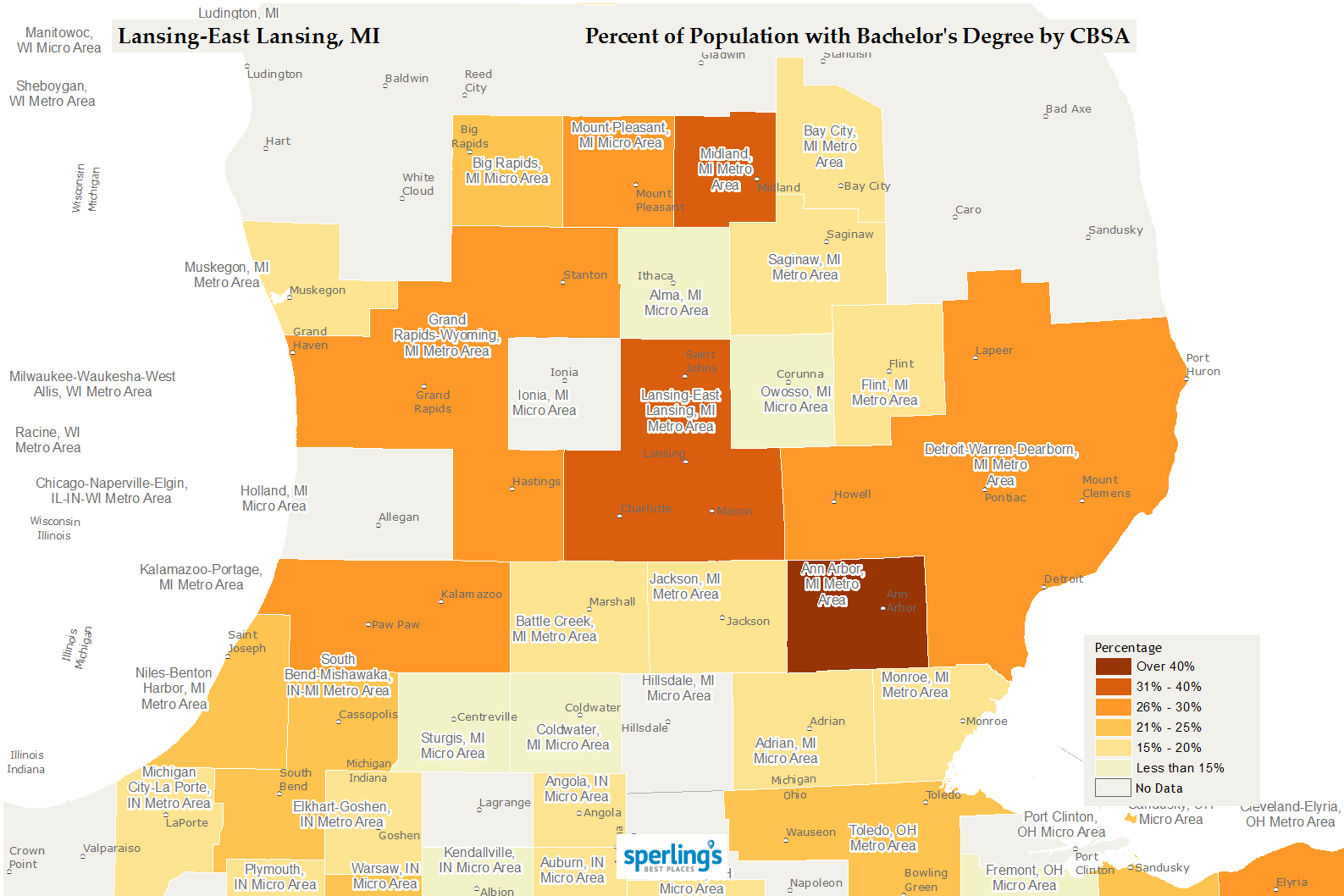
Best Places To Live Compare Cost Of Living Crime Cities Schools
https://img.bestplaces.net/education/CBSA/29620_education.png
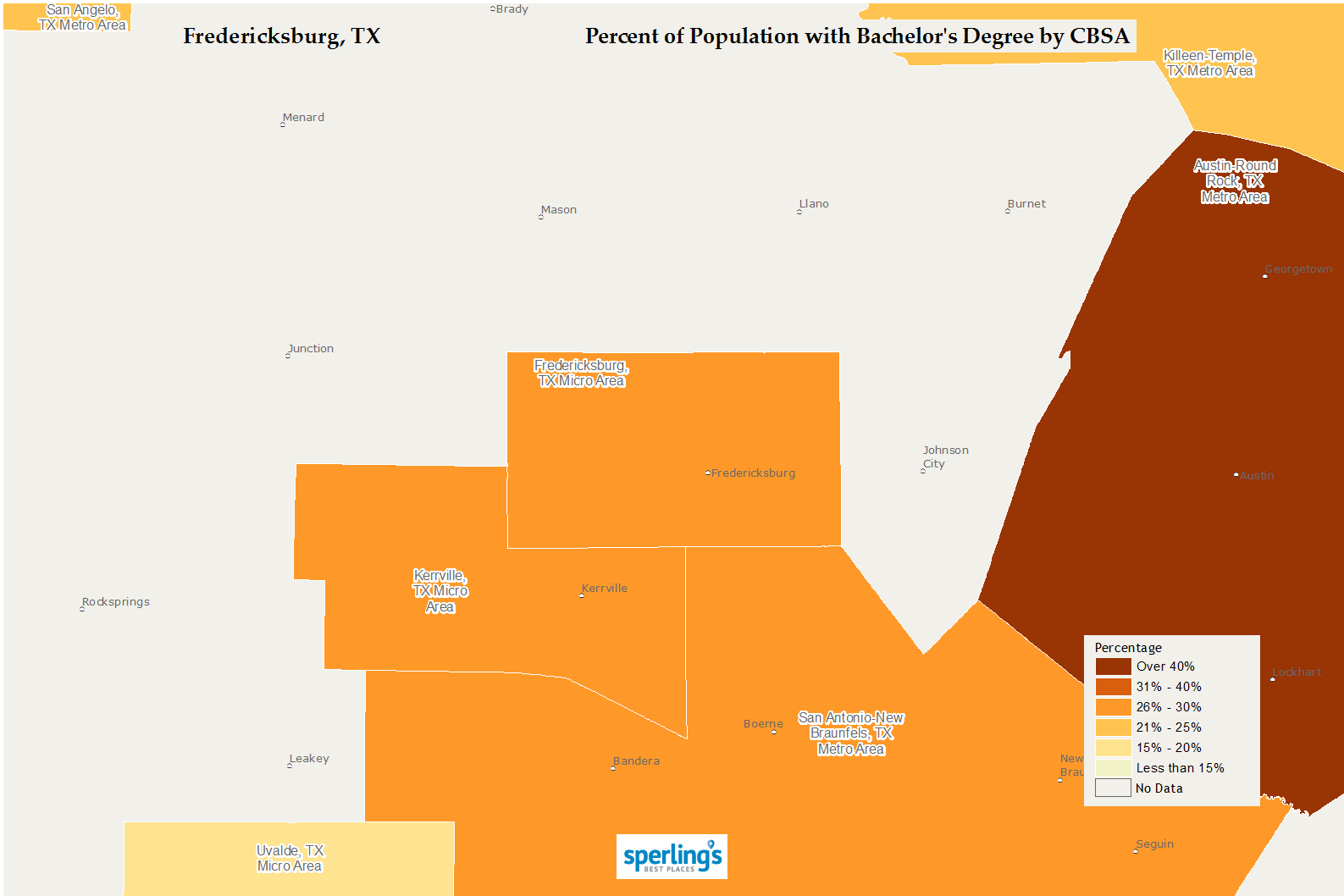
Best Places To Live Compare Cost Of Living Crime Cities Schools
https://img.bestplaces.net/education/CBSA/23240_education.png
Primary school so the target population on this indicator will be children aged 15 17 years who have not completed primary education In Zimbabwe 11 per cent of children aged between 15 and 17 have not completed primary education Among this 11 percent who have not completed primary education 65 per cent are males and 35 per cent are females The education and training that children receive in secondary school equip them with skills that are necessary to fully participate in society Though the duration in each country vary secondary education typically covers ages 12 to 17 and is divided into two levels lower secondary education spanning 3 to 4 years and upper secondary education spanning 2 to 3
[desc-10] [desc-11]
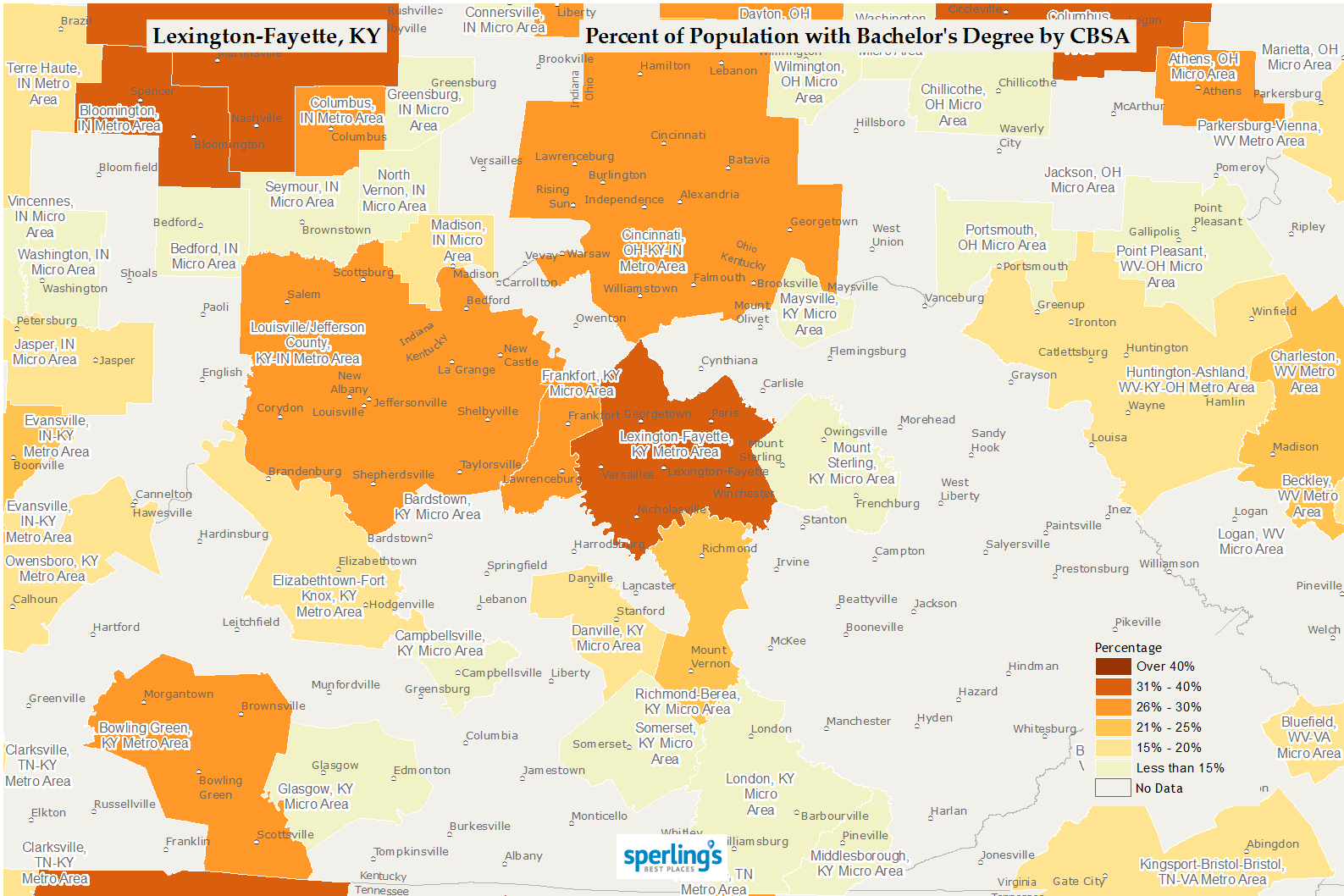
Best Places To Live Compare Cost Of Living Crime Cities Schools
https://img.bestplaces.net/education/CBSA/30460_education.png

Primary School Meaning YouTube
https://i.ytimg.com/vi/opibGBjqxyY/maxresdefault.jpg

https://data.unicef.org › topic › education
Every child learns The Sustainable Development Goals are interdependent and achieving SDG4 ensuring inclusive and equitable education for all by 2030 will have transformative effects on other goals SDG4 spans a spectrum of education levels from pre primary to youth and adult education It emphasizes learning outcomes skills acquisition and

https://data.unicef.org › wp-content › uploads
Primary school has 5 grades so the intended age for the last grade of primary school is 9 years In this case the reference age group for calculation of the primary completion rate would be 12 14 years 9 3 12 and 9 5 14 This indicator is used to calculate SDG 4 1 2 Completion rate primary education secondary education

Better To Learning This Everyday What Is Primary Education YouTube

Best Places To Live Compare Cost Of Living Crime Cities Schools
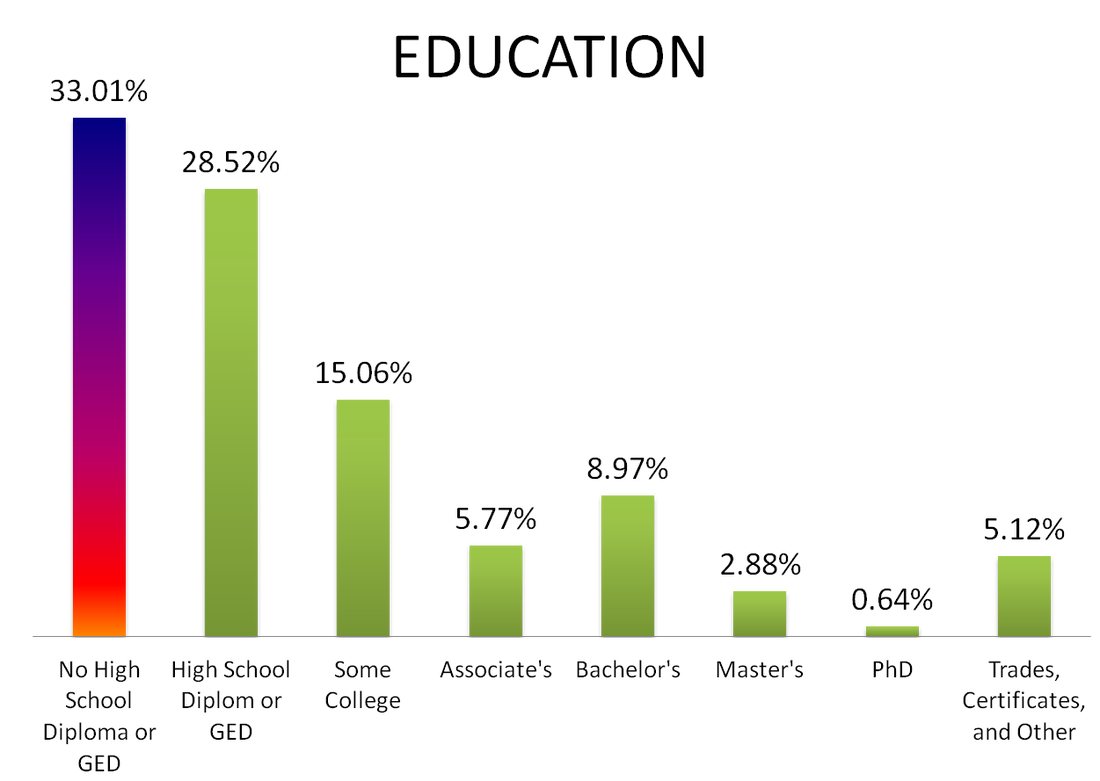
Education Data
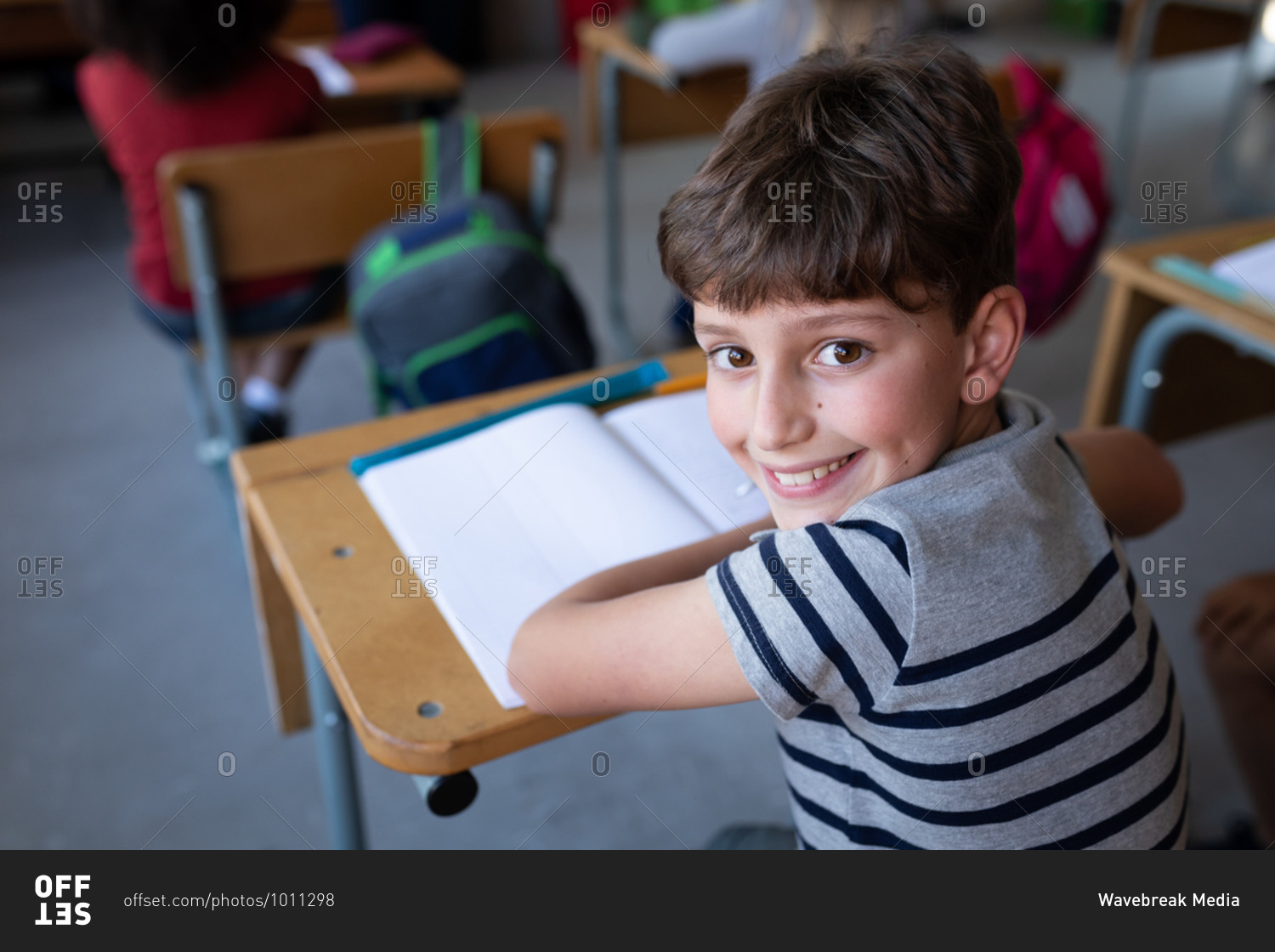
Primary Education Images Search Images On Everypixel
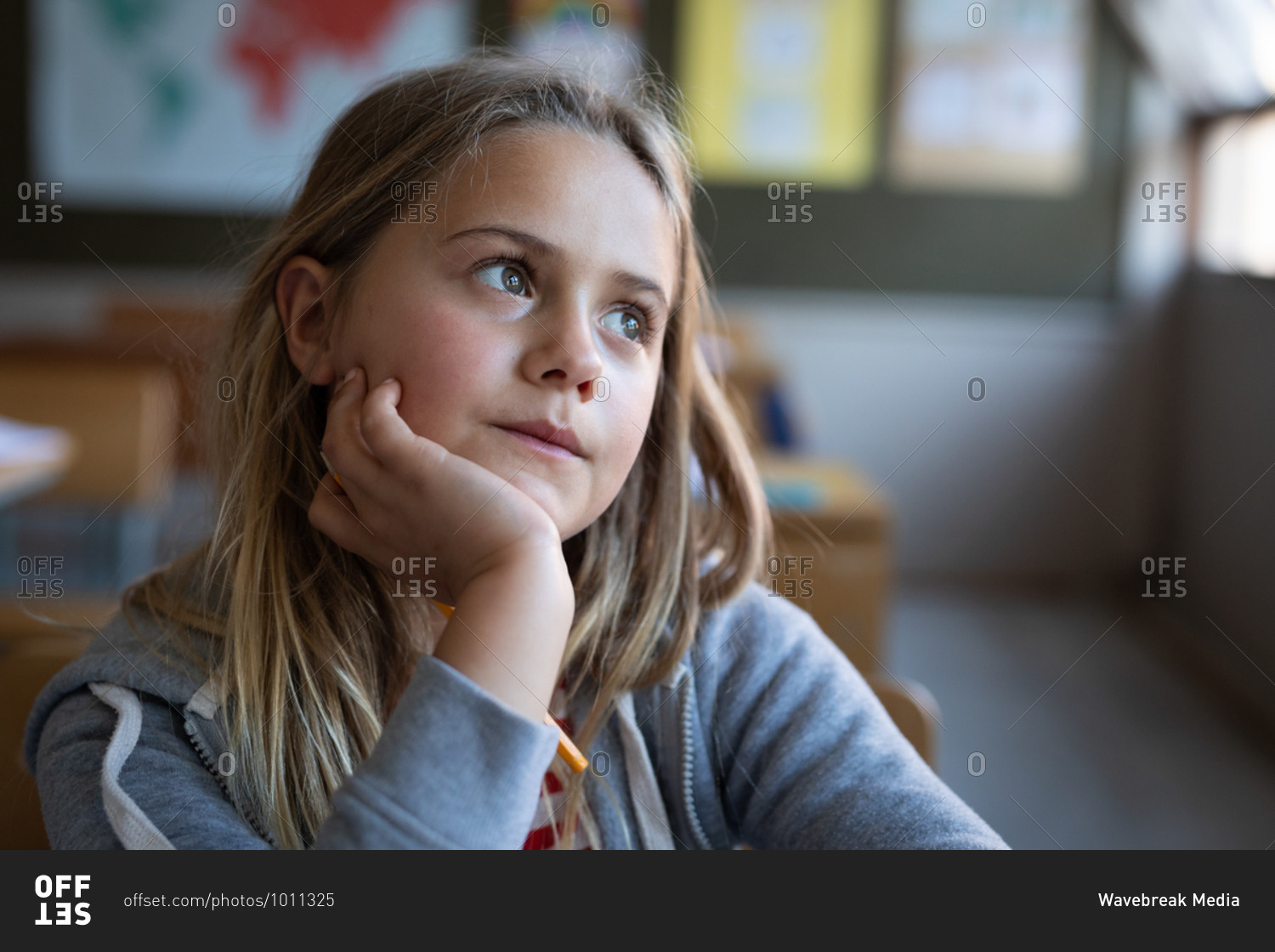
Primary Education Images Search Images On Everypixel

HNIB MAFACTS NEWS On Twitter RT UDAKenya With Substantial

HNIB MAFACTS NEWS On Twitter RT UDAKenya With Substantial

Programme Details

Primary Education Education English Education System Education Math

African Women Providing Primary Health Care Services On Craiyon
What Is Primary Education - Primary education provides the foundation for a lifetime of learning Providing universal access to and ensuring the completion of primary education for all girls and boys is one of the key areas of concern identified in the Beijing Platform for Action adopted in 1995 Since then considerable progress has been made in achieving universal primary education and